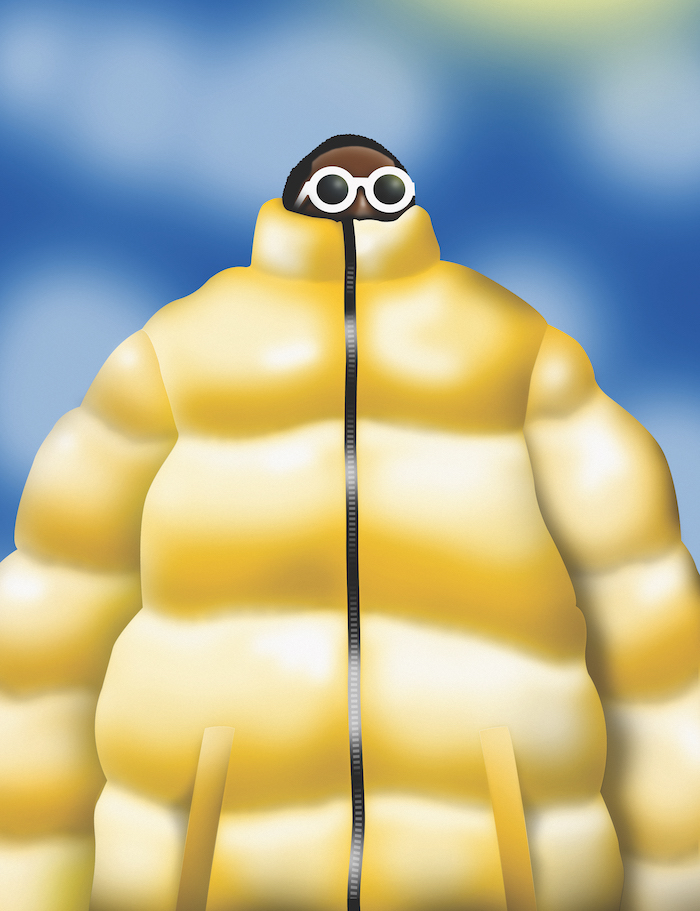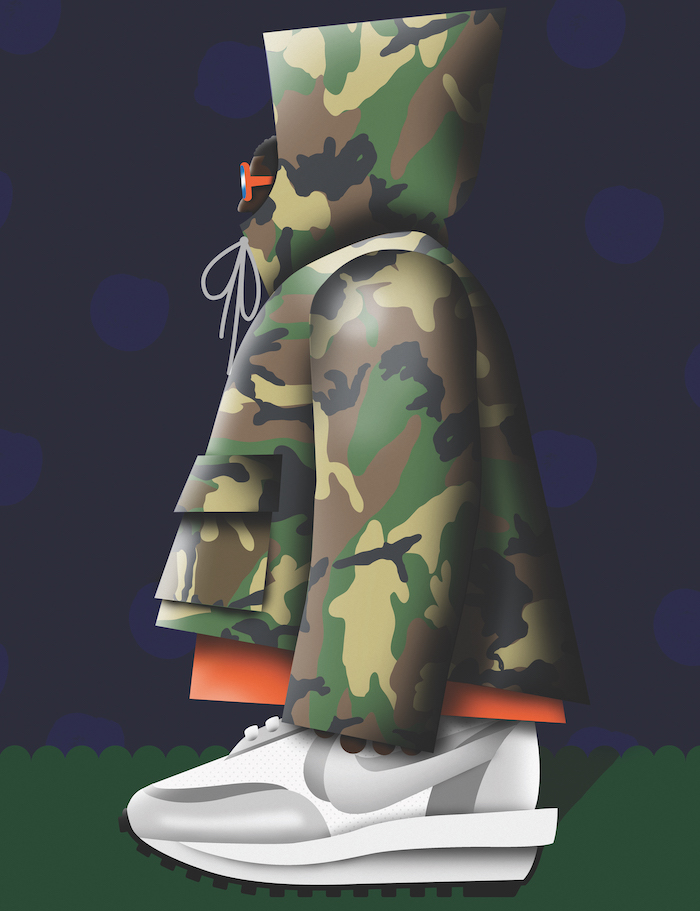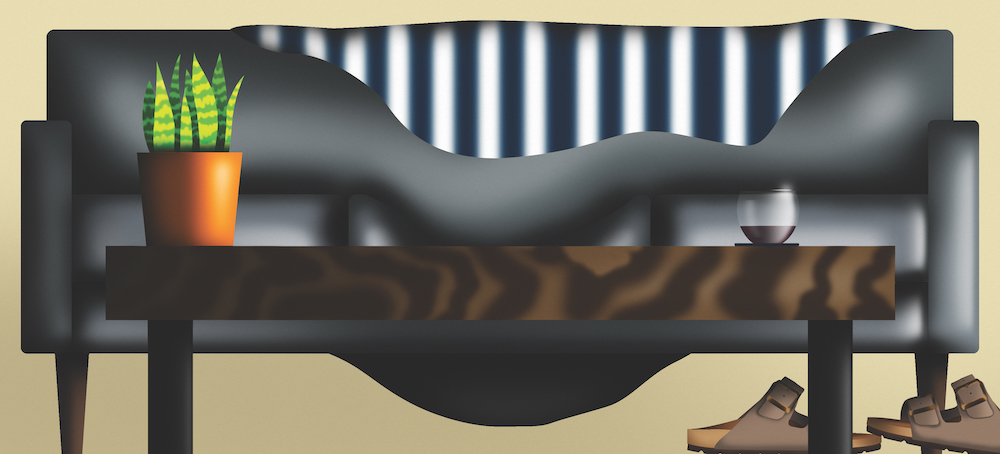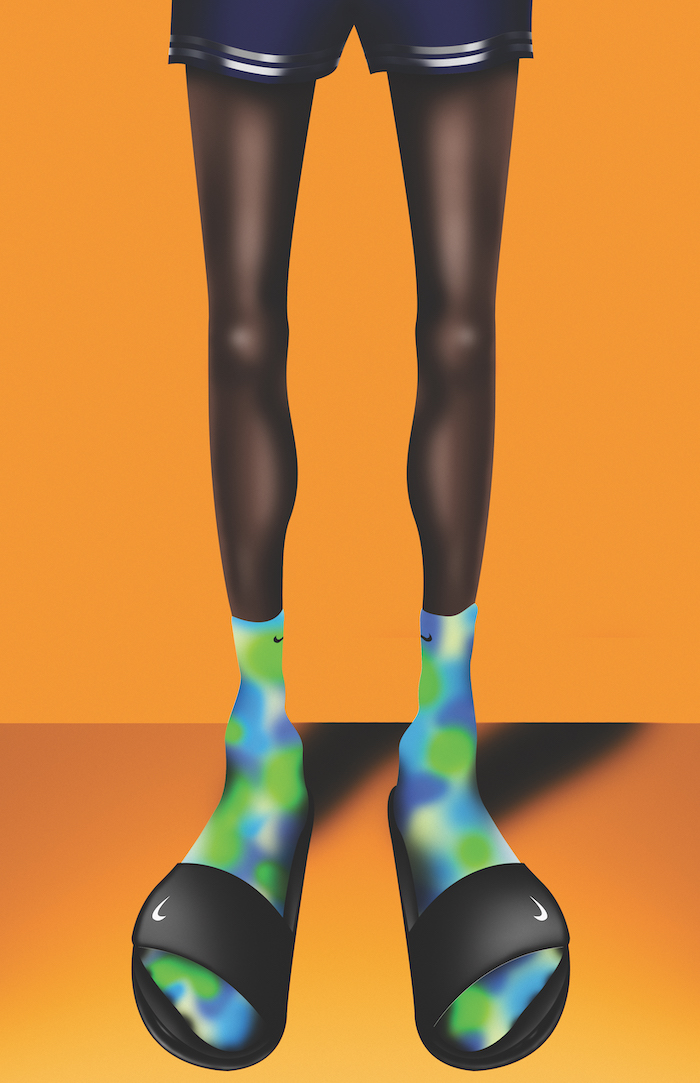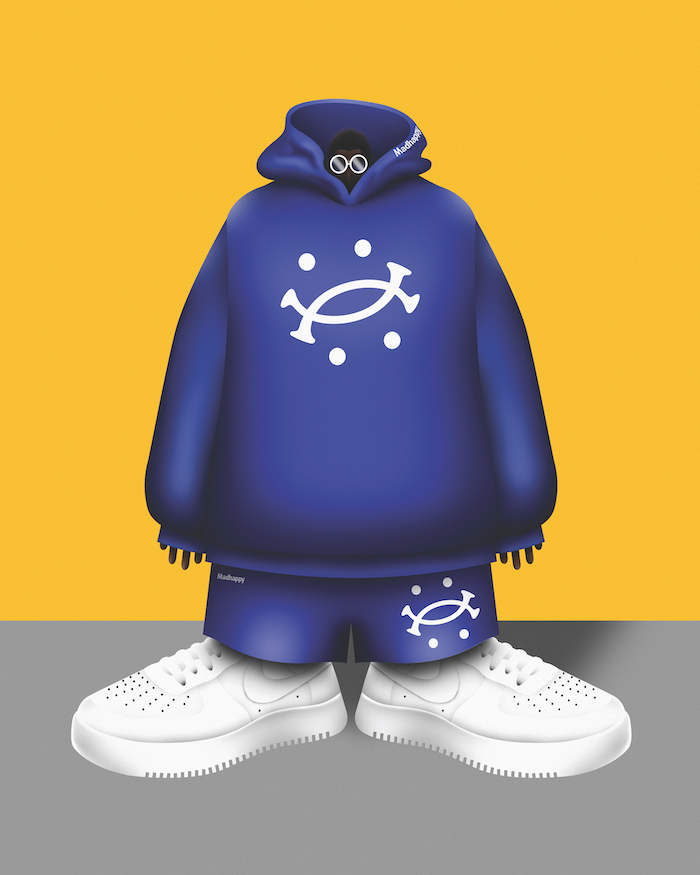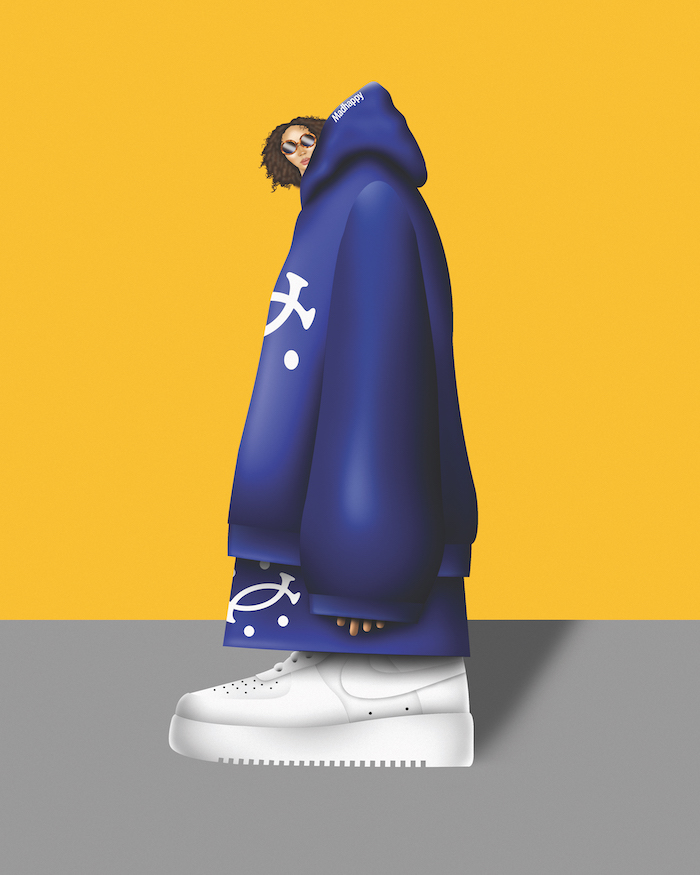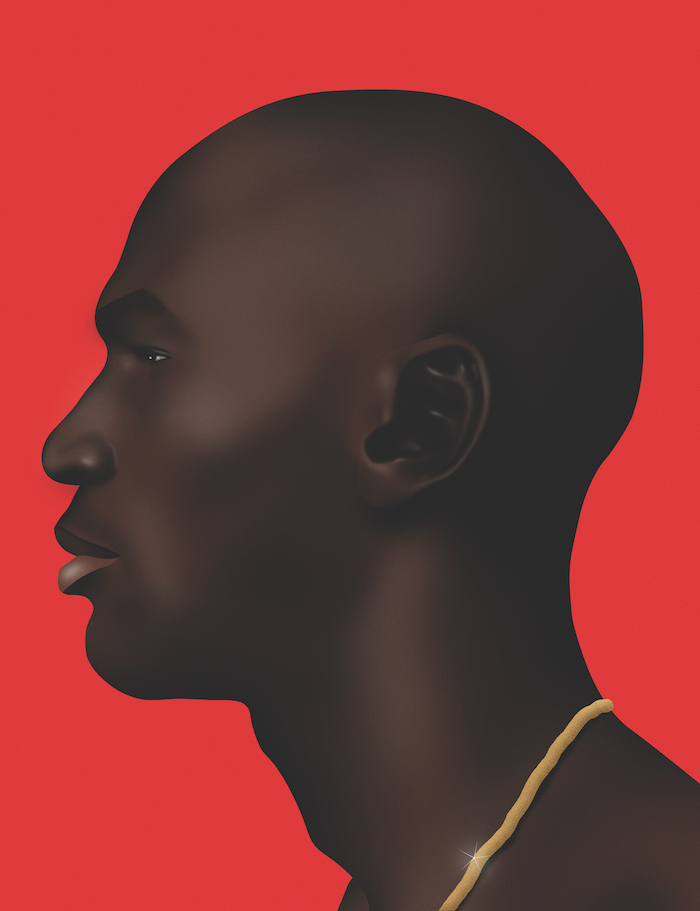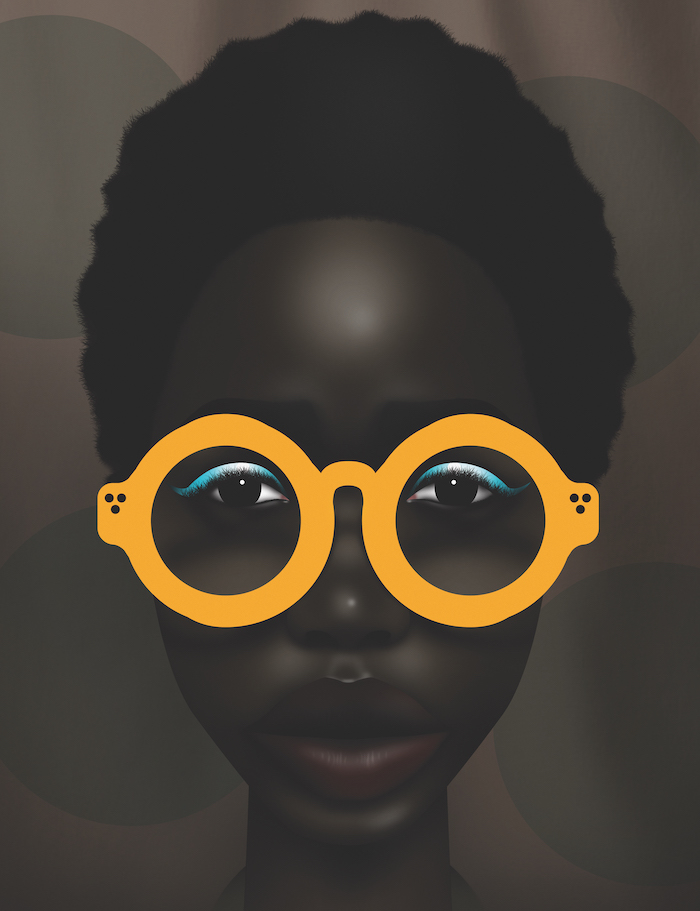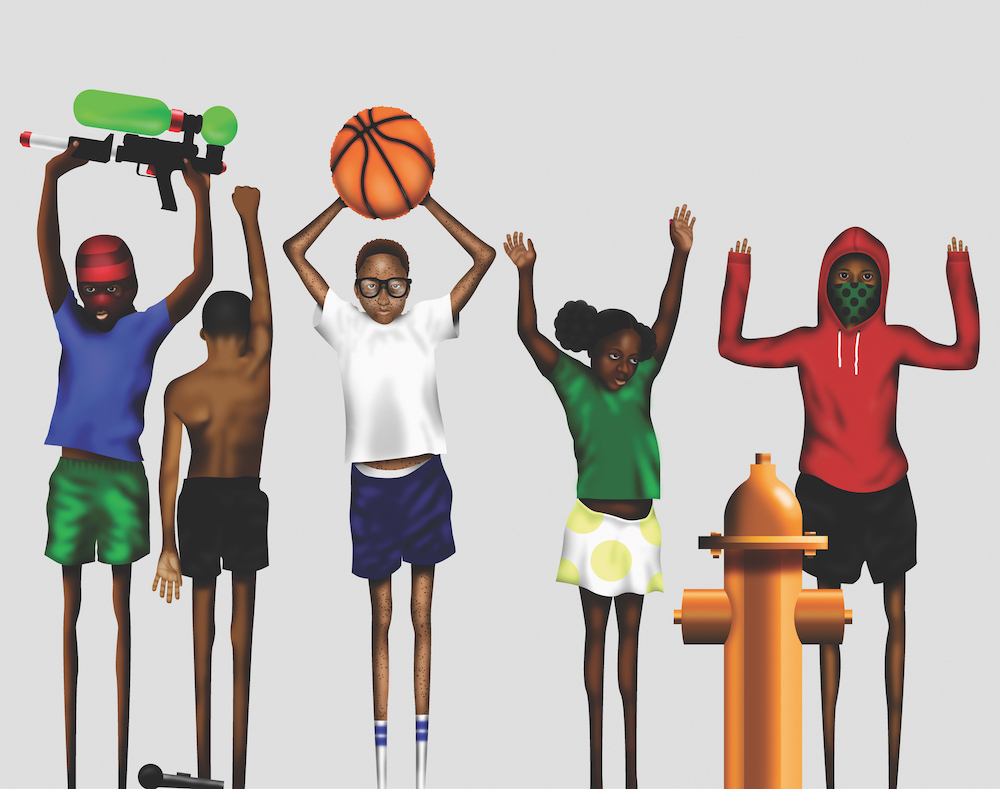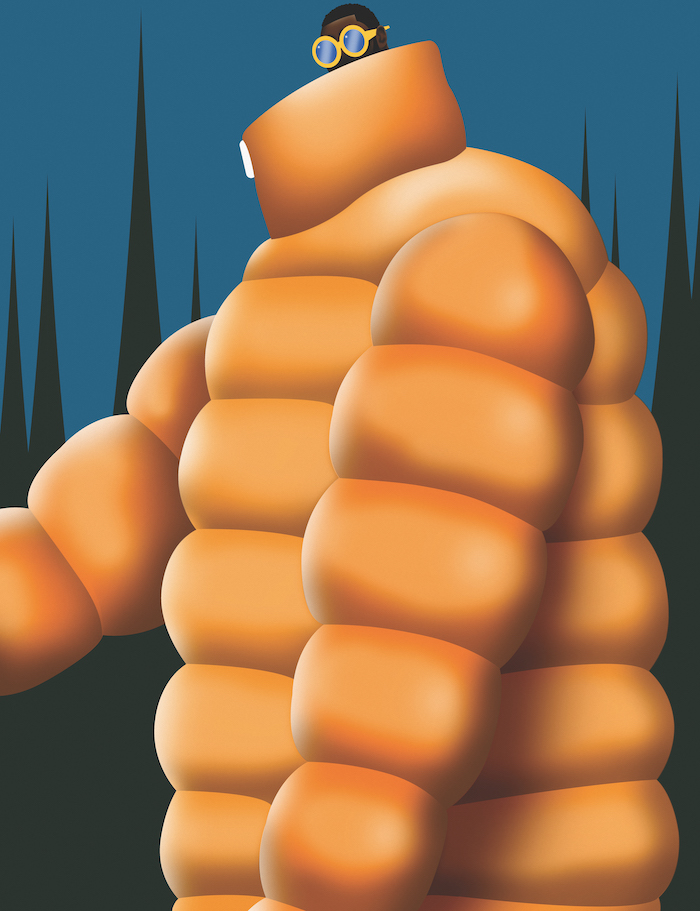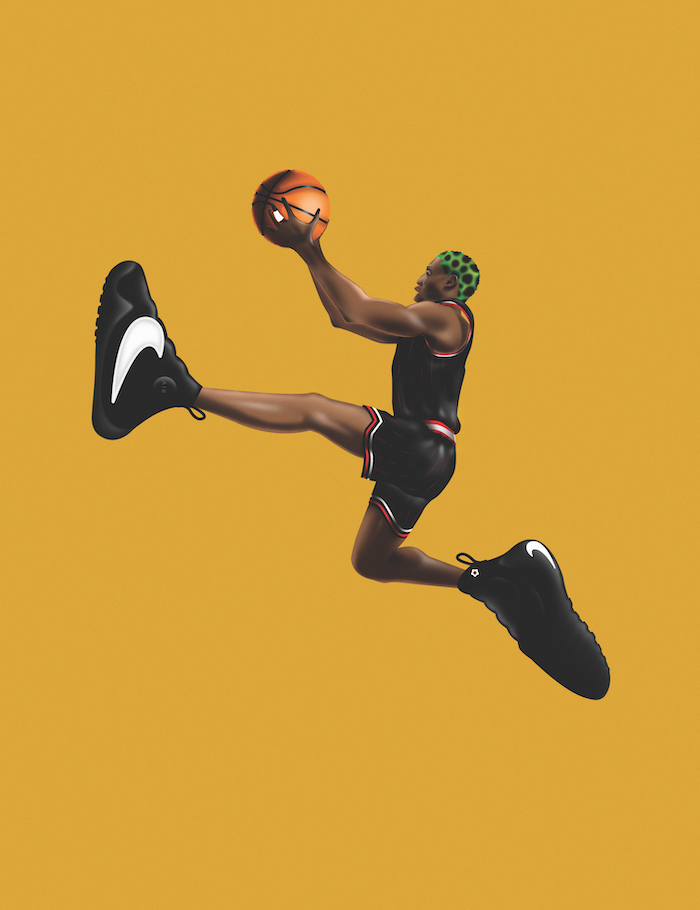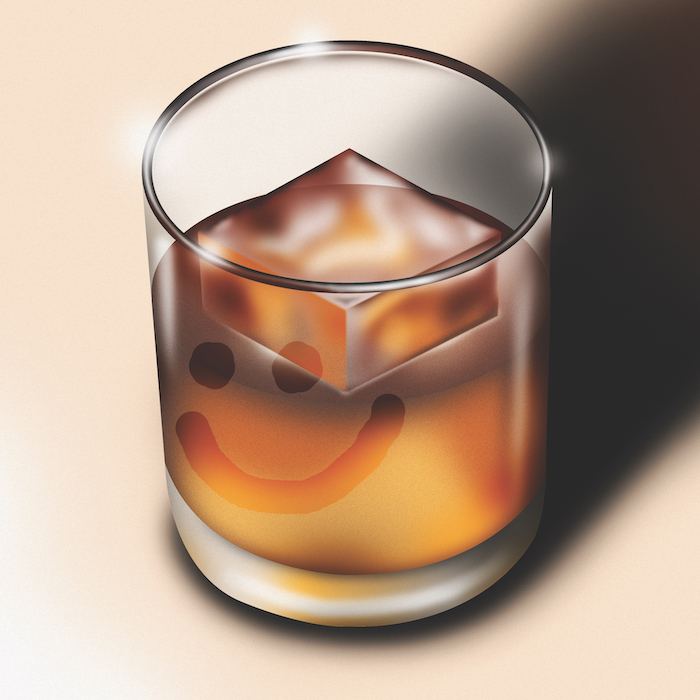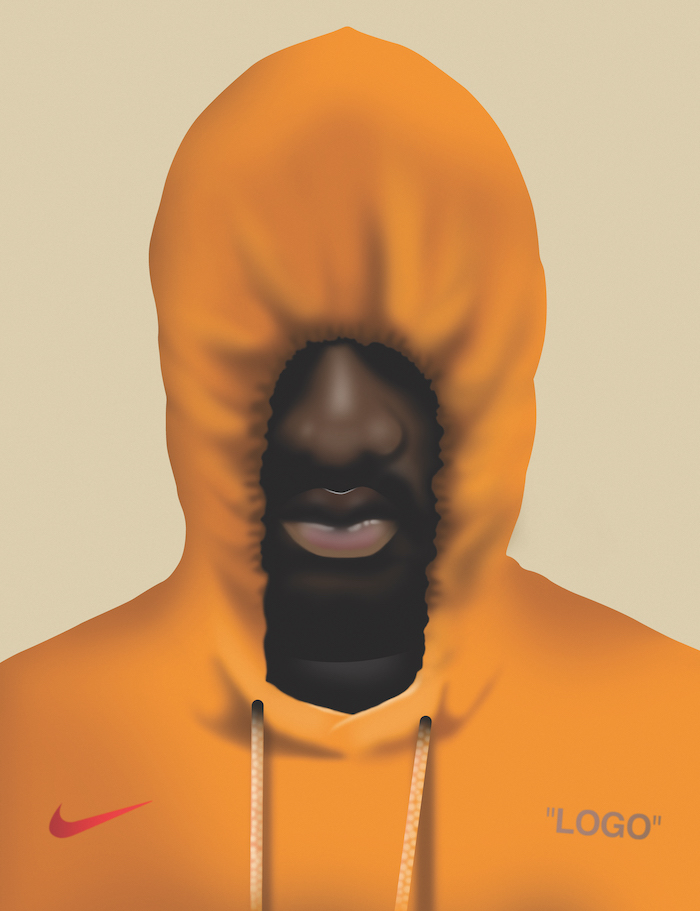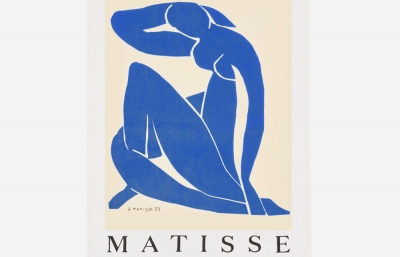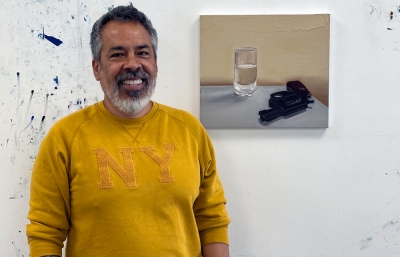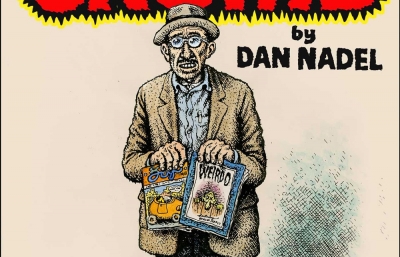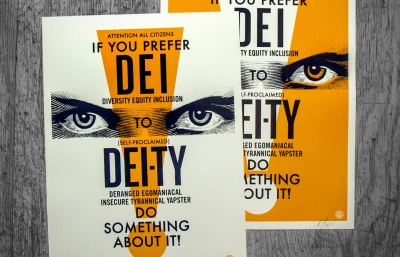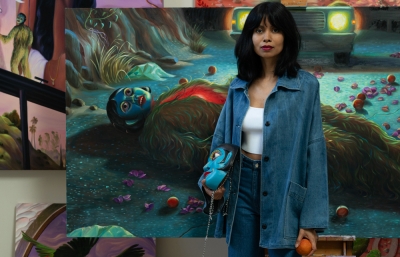His portrait of a suave figure in a powerful puffer coat was all we needed to see. The stylistic, pop illustrations of Darien Birks had us hooked before we even learned of his many influential years as art director at Nike. Recently he’s leaned into a full-court-press on personal work and illustration, resulting in excellent early stats. His distinctive new zine visualizes this pivot and is aptly titled Knew Normal. Basketball is integral to his work, and when asked about his favorite players, he pays respect, “Each of their stories is something that I have applied to my journey as a creative.”
Kristin Farr: How did you end up as an illustrator after working for Nike and making music as The Stuyvesants?
Darien Birks: In 2011, I was living in Brooklyn, freelancing as a designer. I was asked by a friend who was working at Nike to submit some of my work. It involved branding for a few NBA athletes. The team at Nike liked my work, and eventually they asked me to come out to Portland and meet them. I was happy with what I was doing at the time and wasn’t immediately ready to uproot and move across the country, so I sat on the thought for a couple months—ultimately, it was too good of an opportunity to pass up.
While at Nike, I was learning a lot of new things that I didn’t already have in my toolkit. I was expanding my knowledge base within my industry and sharpening up my craft. However, going to work isn’t enough for me, I needed to keep growing in other ways. So I began illustrating after work, on weekends, just to stay curious, and to see where it could go.
Working on our album covers for The Stuyvesants was another outlet that helped me get back into illustrating. When I left Nike in early 2020, I had a goal to push my illustration just as much as my art and design direction. I no longer wanted to do one thing, so I took a risk on myself and moved full steam ahead.
How does your love for basketball go beyond work?
I am a major lover of sports. I played sports as a kid, and I play to this day. Mainly basketball, but I grew up playing football, baseball, and a little golf as well. Sports culture is everything to me, both on and off of the playing field. I’m interested in the stories, the athletes, the team history, everything. I love sports talk radio, podcasts, magazine articles, and books. I text sports trivia back and forth with certain friends regularly, just to stay up on our sports knowledge. It’s a real thing for me.
I definitely have always admired my sports heroes through portraiture, or through creating a signature shoe for them. As a kid, I would sketch for hours, drawing shoes and athletes. I loved drawing the jerseys, and trying to get as close to an athlete’s likeness as possible. That was my haven, my escape, my therapy. I had no idea that it was shaping what I would become as an adult. It’s extremely ironic to me.
This was an impactful year in basketball, with the NBA strike and the loss of Kobe Bryant. How do you feel about it all, and how did you end up working in this field you’ve always admired?
Basketball has been through so much this year. I’ve never witnessed this many things happening at once, within the same season. It has truly been crazy to see.
The players sitting out to observe social injustice, systemic oppression, and inequality was great to see. I think there should be more of it. There are so many things going on in the world that are more important than sports—it’s telling that even the greatest athletes feel the same—after all, they’re human and feel this just as much as we do. I hope it gets more momentum.
Losing Kobe felt unreal. He was young, and beginning a new chapter in his life post-basketball. He did a lot for the evolution of the game, and that effect is carrying on within the players that he inspired. He’s gone, but Kobe will never be forgotten.
I ended up working in the basketball category at Nike through creative leads David Creech and Michael Spoljaric. They both knew that I was a huge basketball fan, and that I was at a point in my career where I was ready for something new within the organization. Basketball at Nike was going through a shift, a reset in a sense, and they were looking to build a new team. Those guys hand-picked me for the role and the rest was history. I had my best years at the company working in basketball, it was truly a dream job.
What projects with Nike are you most proud of?
If I had to choose a few—I’d say launching the NBA x Nike partnership, KD 11 (Kevin Durant), Hyperdunk Flyknit, Free Trainer 3.0, Kyrie 5 (Kyrie Irving), Nike Adapt 2.0, Zoom Freak 1 (Giannis Antetokounmpo), 2016 Olympics, and Hypercool. I’m sure I’m forgetting something, but those are the first that come to mind.
I was admiring your Kevin Love logo with the tree. Can you share the backstory?
I spent the majority of my years at Nike creating athlete logos. Our creative director at the time (and close friend of mine), Michael Spoljaric, would create these friendly competitions between our design team. He would make us all create logos and pin them up—and we would pick the best logos that way.
The Kevin Love situation was a bit different, because they wanted us to speak with the athlete first, so he appointed me to hop on the phone with Kevin and discuss his logo. We had a great conversation and I was super excited to get started on the mark. He wanted it to be about his roots in Oregon, his family, something timeless, and to subtly incorporate his style of play.
The tree represents both the Douglas fir, Oregon’s state tree, as well as family (as in family tree). I wanted that to be the foundation of the mark, as it was for Kevin himself—so it’s placed directly in the center. The K and the L point in opposite directions as Kevin is a two-way player who can score and pass the ball, rebound and defend. I used tall and bold letters to reference his stature at 6’ 10”. It was a lot of fun creating the logo, and the most rewarding part is that Kevin loved it.
How do you describe your personal style, or styles you’re attracted to?
It’s not photo real, but it’s not over-abstracted, and it usually focuses on themes based in pop culture. Fashion, music, sports, politics, that type of thing. I’m attracted to work of the same sort, among other things, but the work of Barkley Hendricks, Emory Douglas, Kadir Nelson, Amy Sherald and Kerry James Marshall, among others, are huge influences for me and my work.
I liked your recent capsule collection with MadHappy. What other projects are coming up?
The MadHappy work was a lot of fun, and I was thrilled to create their very first illustrated product drop. More importantly, I like what they stand for, being a voice for mental health awareness. I recently finished up a collaborative project with Apple, which focused on young African Americans stepping into power for a new collection of movies on the AppleTV app. Also just finished up a project with Spotify, designing the cover art for a new podcast, Resistance, which launched in October.
What’s something you’ve recently seen out in the world that made you want to draw it immediately?
The most recent thing that I spotted that had me anxious to get home and recreate it was noticing the creative masks that people are wearing during this pandemic. It started with simple medical masks, but then, all of a sudden, the masks became really unique and interesting once people realized that this isn’t going away any time soon; so the masks have been way more creative these days. It inspired me to create these super interesting masks on fictional characters, making them all different, with funky patterns and such, giving the subjects different expressions in the eyes—leaving the viewer wondering what they’re thinking. I haven’t fully illustrated them yet, just quick sketches for fun at this point. I want to expand on it to document this time in our lives.
Darien Birks’s Knew Normal zine is available now at FiskProjects.com
This interview was originally published in the Winter 2021 Quarterly

